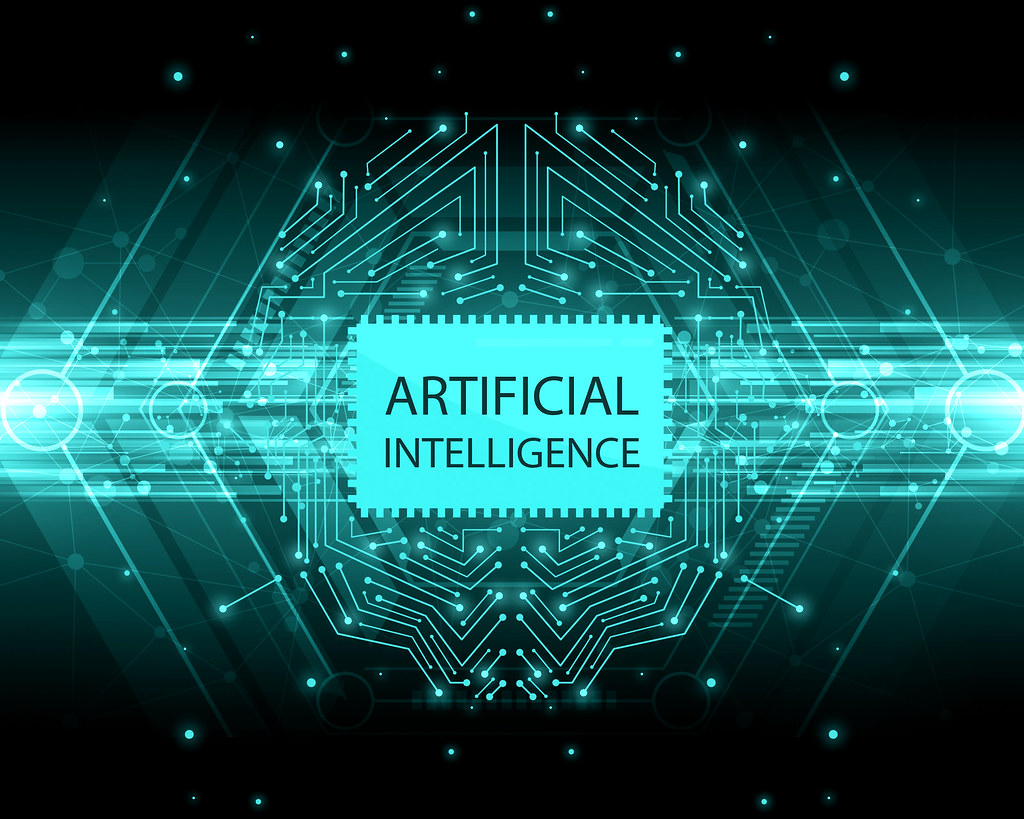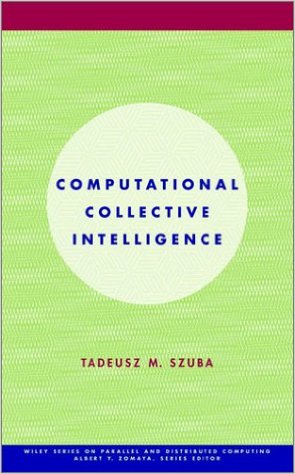Difference Between AI and CI
Artificial Intelligence vs Computational Intelligence
We have witnessed nothing sort of a revolution in the history of mankind as artificial intelligence (AI) becomes mainstream in our everyday life and augmenting human capabilities to solve some of the complex problems that troubled us for a really long time. What was once a distant dream of the future is now the future of mankind! We are at a stage where human intelligence and machine intelligence coexist at the onset of a data revolution. Artificial Intelligence aims at emulating human intelligence on machines to make them think and behave like humans. The human brain has evolved for thousands of years to its current state. However, traditional AI was not enough to serve the increasing demands of machine learning. The shortcomings of AI opened up new avenues for the non-conventional models which eventually have rise to a new discipline called computational intelligence (CI). The development of CI techniques follows a different path than that of the AI. Let’s take a brief look at the new computational model called the CI and how it is compared to the classical AI approach.

What is Artificial Intelligence?
Artificial Intelligence, commonly abbreviated as AI, is the study of intelligent behavior and how to make machines do things at which humans are doing better. AI is one of the technological breakthroughs of this digital era which aims at emulating human intelligence on machines to make them think and behave like human beings. AI is based on the idea that human intelligence could be replicated in computer programs. Although, the idea of creating intelligent machines – ones that are as smart as or smarter than human beings – is not new but it became part of modern science with the rise of digital computers and proliferation of the internet. On the practical side, AI means to create computer programs that perform tasks as well as or better than humans. In simple terms, AI is human intelligence demonstrated by machines.

What is Computational Intelligence?
Computational Intelligence, also referred to as CI, refers to a computationally intelligent system that is characterized with the capability of computational adaptation, fault tolerance, and high computation speed. It is the study of adaptive mechanisms to enable or facilitate intelligent behavior in complex and changing environments. Computational adaptation means the ability of a system to adapt to the changes in its input and output instances. The adaptive mechanisms include the following AI paradigms that exhibit an ability to learn or adapt to new environments: swarm intelligence (SI), artificial neural networks (ANN), evolutionary computation (EC), artificial immune systems (AIS), and fuzzy systems (FS). All these AI paradigms are the building blocks of computational intelligence. It is an emerging approach to computing which parallels the remarkable and intelligent ability of the human mind.
Difference between AI and CI
Definition of Artificial Intelligence vs Computational Intelligence
– Artificial Intelligence (AI) is the study of intelligent behavior demonstrated by machines as opposed to the natural intelligence in human beings. It is an area of computer science that is concerned with the development of a technology that enables a machine or computer to think, behave, or act in a more humane way. Computational Intelligence (CI), on the other hand, is more like a sub-branch of AI that emphasizes on the design, application and development of linguistically motivated computational models. It is the study of adaptive mechanisms to enable or facilitate intelligent behavior in complex and changing environments.
Goal
–AI is one of the remarkable technological breakthroughs of the 21st century which aims at emulating human intelligence on machines to make them think and behave like human beings. The idea is to create intelligent machines which can exhibit intelligent behavior and which can think and learn like human beings. The goal is to implement human intelligence in machines. The primary goal of CI is to understand the computational paradigms that make intelligent behavior possible in natural or artificial systems in complex and changing environments.
Applications
– AI is the simulation of human intelligence, as opposed to natural intelligence, by machines, particularly computer systems. The best real-life example of AI is probably machine learning, which refers to automated systems that are able to process large volumes of data in order to extract useful information. Other common applications of AI are speech recognition, handwriting recognition, optical character recognition, machine vision, natural language processing, big data solutions, and so on. AI is used in almost every sector including finance, healthcare, social media, business, tourism, etc. The real-life applications of CI include intelligent household appliances, medical diagnosis, banking and consumer electronics, optimization applications, industrial applications, and so on.
AI vs. CI: Comparison Chart

Summary of Artificial Intelligence vs Computational Intelligence
The development of CI techniques follows a different path than that of the AI. Well, AI aims create intelligent machines which can exhibit intelligent behavior and which can think and learn like human beings. CI, on the other hand, is a subset of AI which emphasizes on computational paradigms that make intelligent behavior possible in natural or artificial systems in complex and changing environments. Although, both AI and CI seek almost similar goals, they are quite different from each other.
- Difference Between Caucus and Primary - June 18, 2024
- Difference Between PPO and POS - May 30, 2024
- Difference Between RFID and NFC - May 28, 2024
Search DifferenceBetween.net :
Leave a Response
References :
[0]Deshpande, Anand and Manish Kumar. Artificial Intelligence for Big Data. Birmingham, United Kingdom: Packt Publishing, 2018. Print
[1]Liu, Dikai, et al. Design and Control of Intelligent Robotic Systems. Berlin, Germany: Springer, 2009. Print
[2]Konar, Amit. Computational Intelligence: Principles, Techniques and Applications. Berlin, Germany: Springer, 2006. Print
[3]Engelbrecht, Andries P.. Computational Intelligence: An Introduction. Hoboken, New Jersey: John Wiley & Sons, 2007. Print
[4]Mitchell, Melanie. Artificial Intelligence: A Guide for Thinking Humans. New York, United States: Farrar, Straus and Giroux, 2019. Print
[5]Image credit: https://commons.wikimedia.org/wiki/File:Computational_collective_intelligence.jpg
[6]Image credit: https://live.staticflickr.com/1942/30188200627_c5ea2a3779_b.jpg
